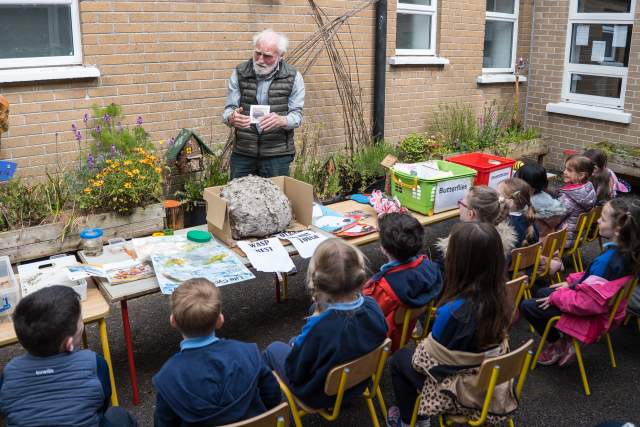Easter Rising: History-at-home with EPIC
Discover some of Ireland’s quirkiest Easter traditions, explore the world of Easter Rising leader Roger Casement and learn how to draw up your own Proclamation. Includes puzzles, quizzes and games for children 8+.
Read moreRead lessEPIC - the Irish Emigration Museum has developed a series of virtual educational experiences, from downloadable history-at-home packs to online workshops/lectures and informative videos. Look, learn, and create together with fun, engaging programmes for students of all ages.
See more at: https://epicchq.com/education/...

























